
Mara
Mara
Mara
Do you know about Mara, a strange animal that resembles a rabbit or capybara? Mara is a species of “cavy” that inhabits South America. Although Mara is kept in many zoos, many people may not remember what kind of animal it is even if they have seen it before. In this article, let’s take a look at the characteristics and secrets of Mara and peek into its life!
Mara Basic Infomation
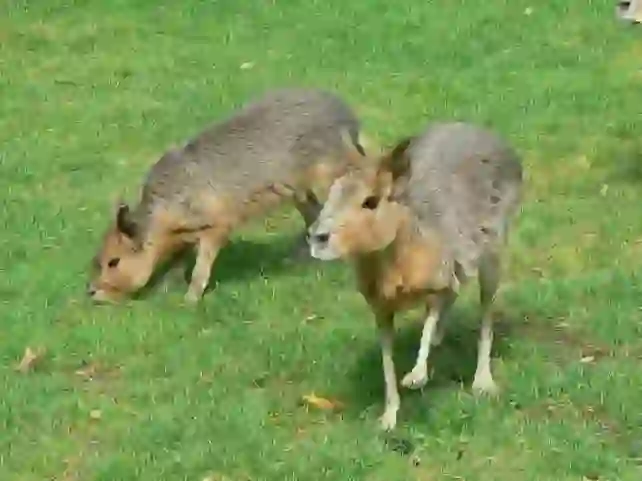
Mammalia-Rodentia-Caviidae.
Length 50~75cm. Weight 8~15Kg.
Mara is a species of cavy that inhabits South America and mainly lives in pairs of males and females or herds of several dozen individuals in grasslands and wastelands.
It is a diurnal animal that is active during the day and rests in burrows that it has dug itself or that other animals have dug using its sharp claws at night.
Mara has a face like a rabbit or capybara, large eyes and ears, and thin, long limbs. Its body color ranges from reddish-brown to gray, but it has white hair on its belly and buttocks.
Mara reaches sexual maturity at about 8 months old and can breed.During the breeding season, multiple pairs gather and give birth in the same burrow and raise their young together.
The gestation period for females is about 90 days, and they give birth to 1-3 babies weighing around 400-450g per litter.
Mara Q&A

Where does mara's name come from?
I researched the origin of the name of the mara this time, but unfortunately I could not find out where it came from.
Was it derived from the language of the indigenous people like the capybara, or was it named by mistake like the guinea pig, or is there a different origin? I'm very curious about it.
By the way, the scientific name of the mara is "Dolichotis patagonum", and in Japan it is sometimes called "Patagonian rabbit" as another name.
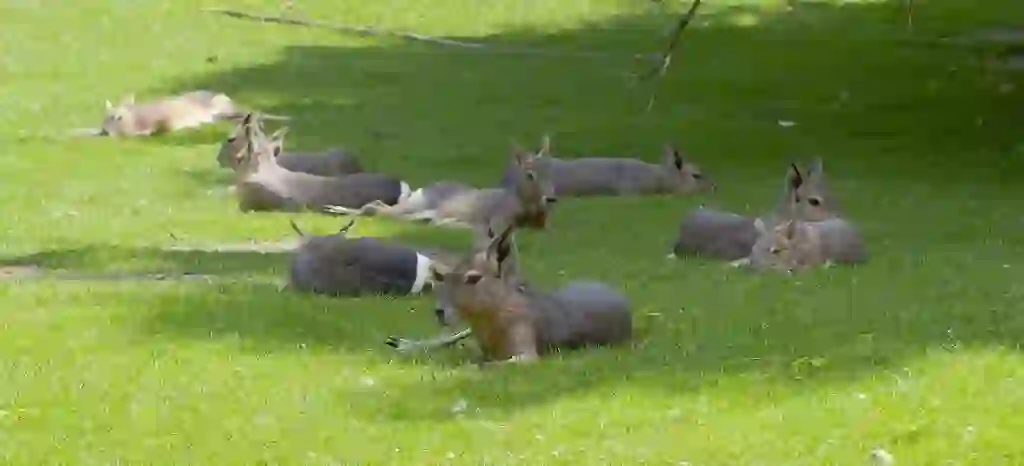
Why does mara live there?
Mara inhabits South America (Bolivia, Argentina, Chile, etc.).
I couldn’t find the exact reason why Mara lives around South America. However, considering that many species of cavy live around South America, it may be a place where cavies have plenty of food and places to live and is an easy place to live for them.
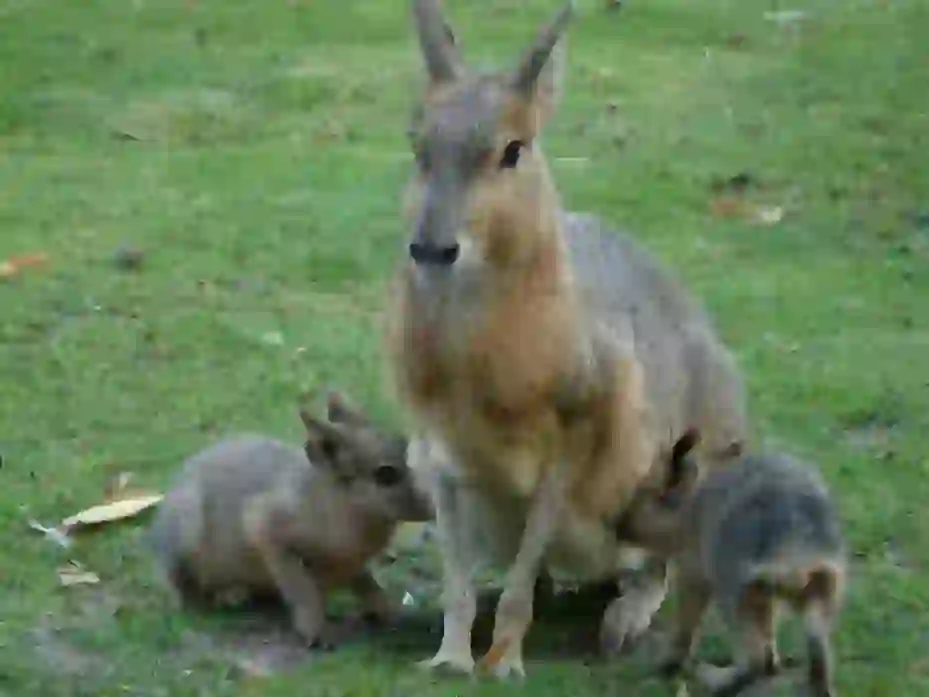
What is mara eating?
Mara is a herbivorous animal and mainly eats plants (grasses, cacti, plant roots and flowers, fruits, etc.) in the wild.
In zoos, they are fed mainly with hay and herbivorous animal pellets, as well as vegetables (cabbage, sweet potatoes, carrots, etc.) and fruits (apples, bananas, pineapples, etc.).
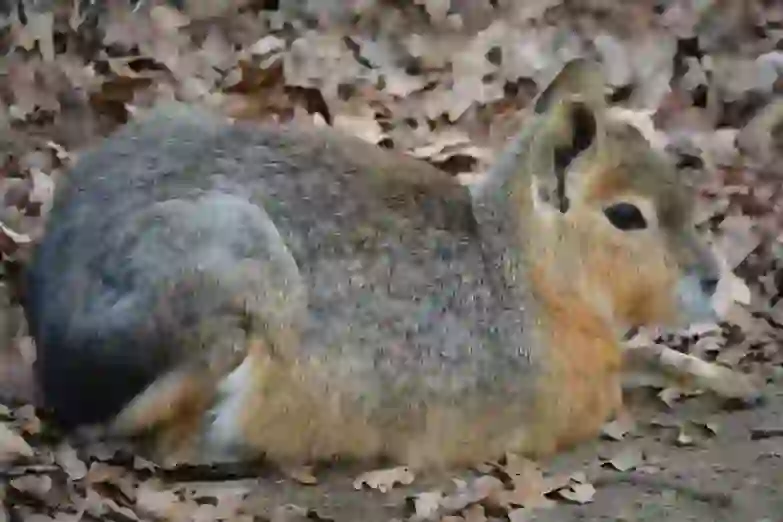
What kind of personality is mara?
Mara is said to have a very delicate and timid personality.
Therefore, it is easily frightened and jumps up or runs away even at small things.
There are cases where Mara kept in zoos has been seriously injured by jumping up and getting scared.
Some zoos offer opportunities to interact with Mara, but please be gentle and don’t scare them when you interact with them.
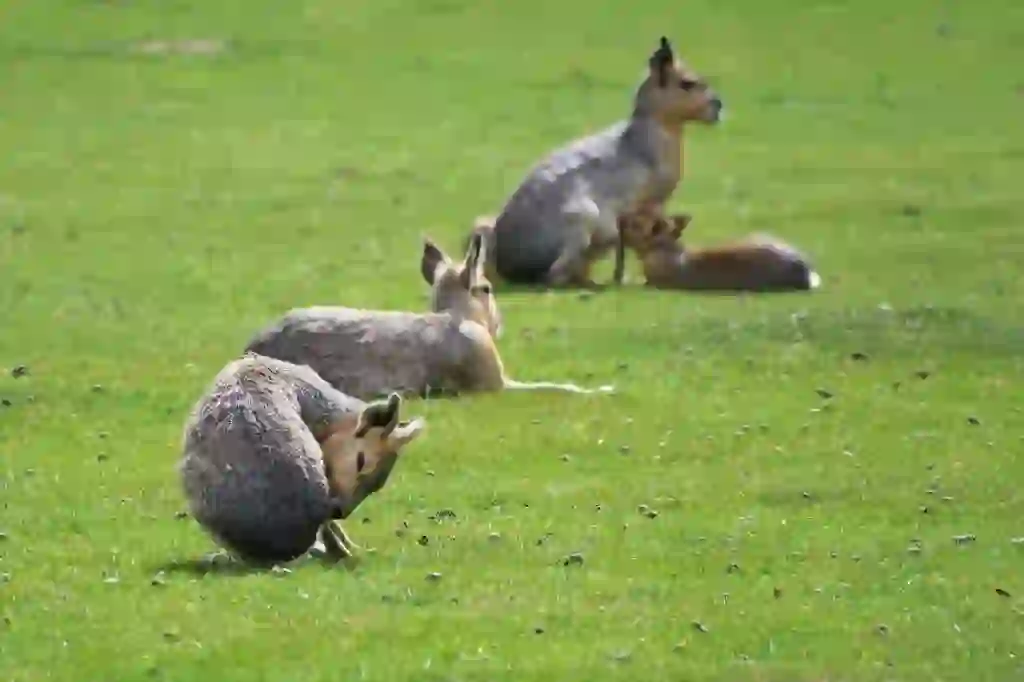
Is it true that the mara's pair are good friends?
It's true.
Mara is a monogamous animal and it is said that once a pair of male and female is formed, they will never break up for the rest of their lives. The pair basically always acts together, and while one is eating, the other watches around without eating.
The bond between Mara pairs is strong, and it is believed that the pair will only break up when one of them dies.
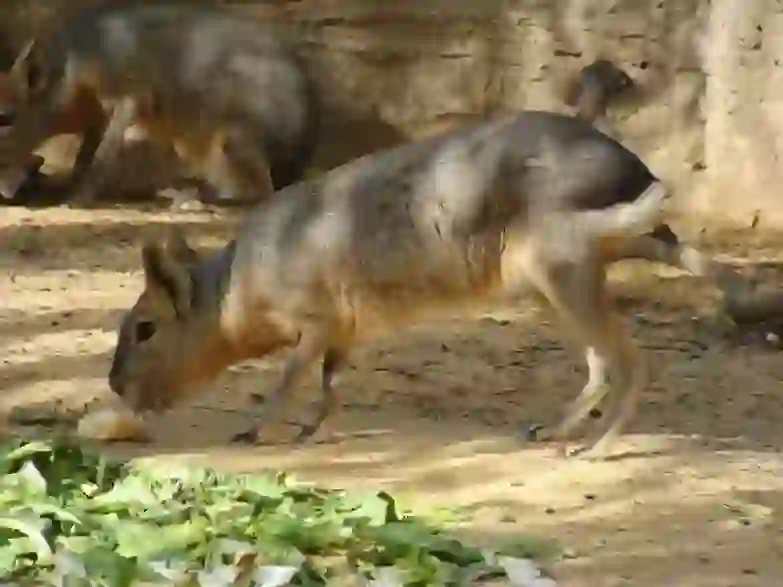
What kind of animal is mara?
By the way, do you know what kind of animal Mara is? When you see Mara for the first time, you might feel that it looks like various animals such as rabbits, capybaras, deer, and kangaroos.
Actually, Mara belongs to the rodent family and is classified as a member of the same animal group called “Caviomorpha” as guinea pigs and capybaras. Most of the Caviomorpha have no tail, but Mara has a short tail. Also, Mara, capybaras, and guinea pigs have four toes on their front legs and three toes on their hind legs.
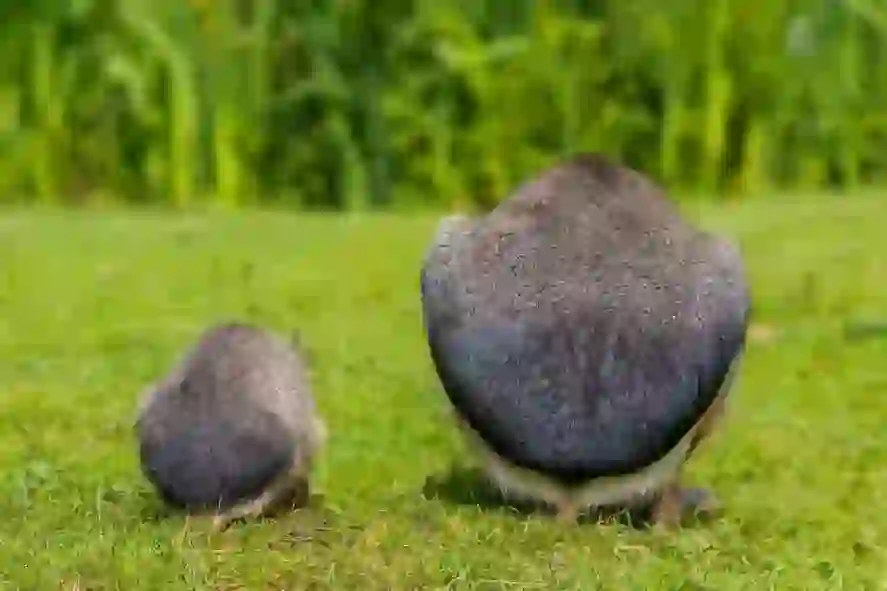
Why does mara have long ears and legs?
Mara inhabits the grassland area called “Pampa” that spreads throughout South America. The Pampa has a vast grassland as far as the eye can see with almost no obstacles and no places to hide.
Therefore, Mara uses its large ears to detect predators more quickly and listens carefully to the surrounding sounds. It can also maintain a speed of about 45 km/h using its long legs and run long distances.
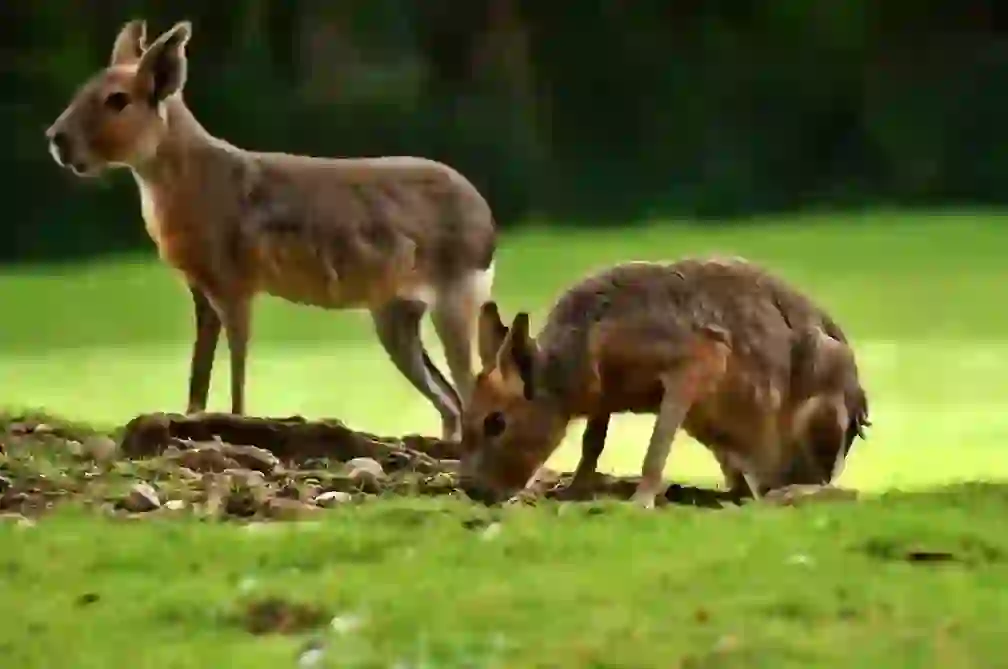
Can mara be kept as a pet?
When breeding rare animals at home, it is necessary to follow the established laws in some countries. This time, we will introduce whether it is possible to breed mara at home in Japan.
To put it simply, Mara is difficult to obtain but can be kept as a pet.
It may be sold at shops that handle rare animals or exotic animals, so those who want to keep it as a pet may want to inquire at the shop.
Mara becomes accustomed to people when raised from a young age and rarely makes loud noises. However, as explained in “What kind of personality is mara?”, Mara is very timid and can be seriously injured by being frightened by something small.
Also, since it is not a common pet, there may not be many veterinarians who have examined Mara.
Therefore, when keeping Mara as a pet, you need to create an environment where Mara does not get injured and find a veterinarian who can examine Mara.
Mara is a very cute and attractive animal, but it is not recommended to keep it as a pet with an easy feeling.
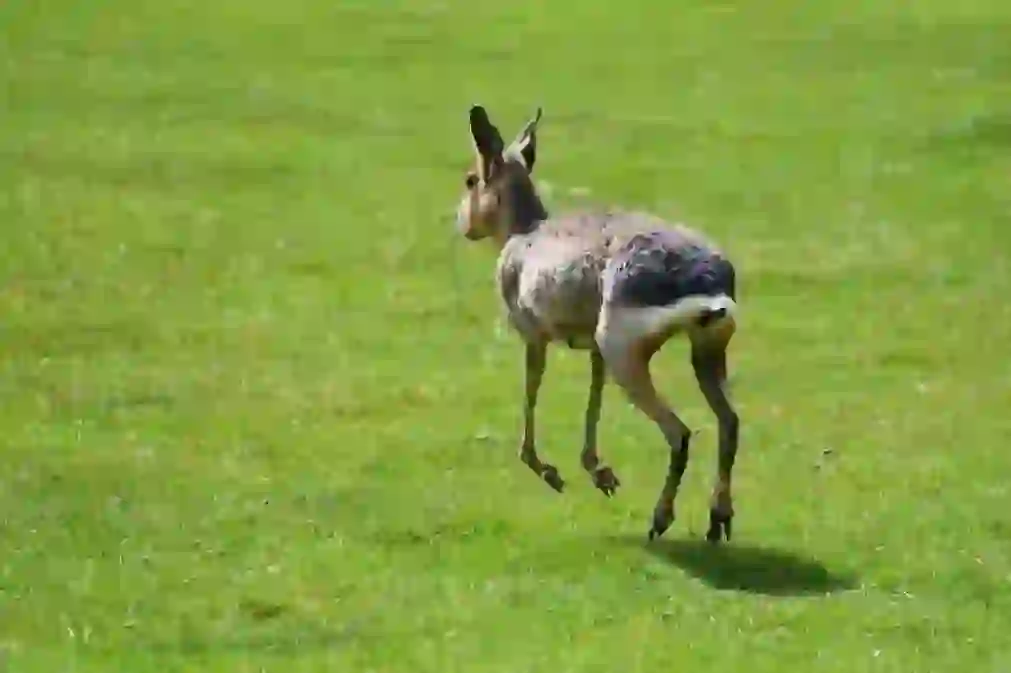
Where can mara be seen in Japan?
Mara is kept in many zoos such as “Kochi Prefecture’s Noichi Animal Park,” “Hitachi City Kamine Zoo” in Ibaraki Prefecture, “Gunma Safari Park” in Gunma Prefecture, and “Kobe Animal Kingdom” in Hyogo Prefecture.
There are also zoos where you can interact with Mara by feeding or petting them, so it might be a good idea to look for them if you’re interested.
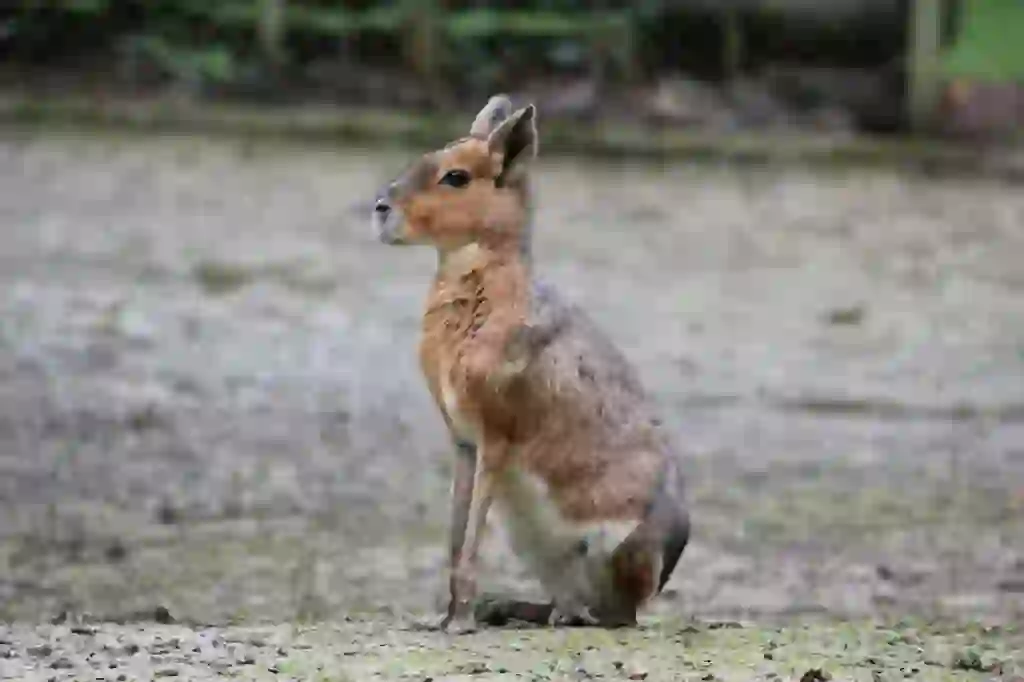
What is mara's lifespan?
Mara is believed to have a lifespan of about 7-10 years.
The information on the longest-lived Mara was not available, but “Saburo,” which was kept at the “Chikouzan Children’s Zoo” in Sayama City, Saitama Prefecture, Japan until 2014, lived for an amazing 16 years.
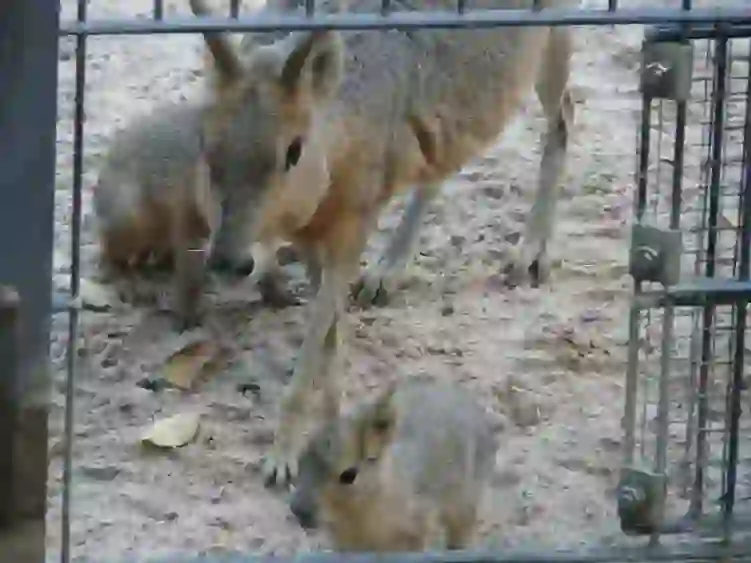
What enemies does mara have?
Mara’s natural enemies in the wild are said to be carnivorous animals such as Pampas foxes, Pampas cats, and birds of prey.
However, for Mara, the biggest enemy is us humans. It is believed that Mara’s population is decreasing due to being caught for their fur and their habitats being developed.
Recently, there are areas where Mara’s food has decreased because livestock grazing or escaped livestock (such as sheep and goats) eat Pampas grass.
Mara is classified as “Near Threatened (NT)” on the International Union for Conservation of Nature (IUCN) Red List as a species that has a low risk of extinction at present but may become more threatened by changes in living conditions.

Would you like to become a part of the 'Animalbook.jp'?
Turn your knowledge into Q&A and share it with the world. ※Publication will be activated after purchase. Let's share information together!
Mara Type of List
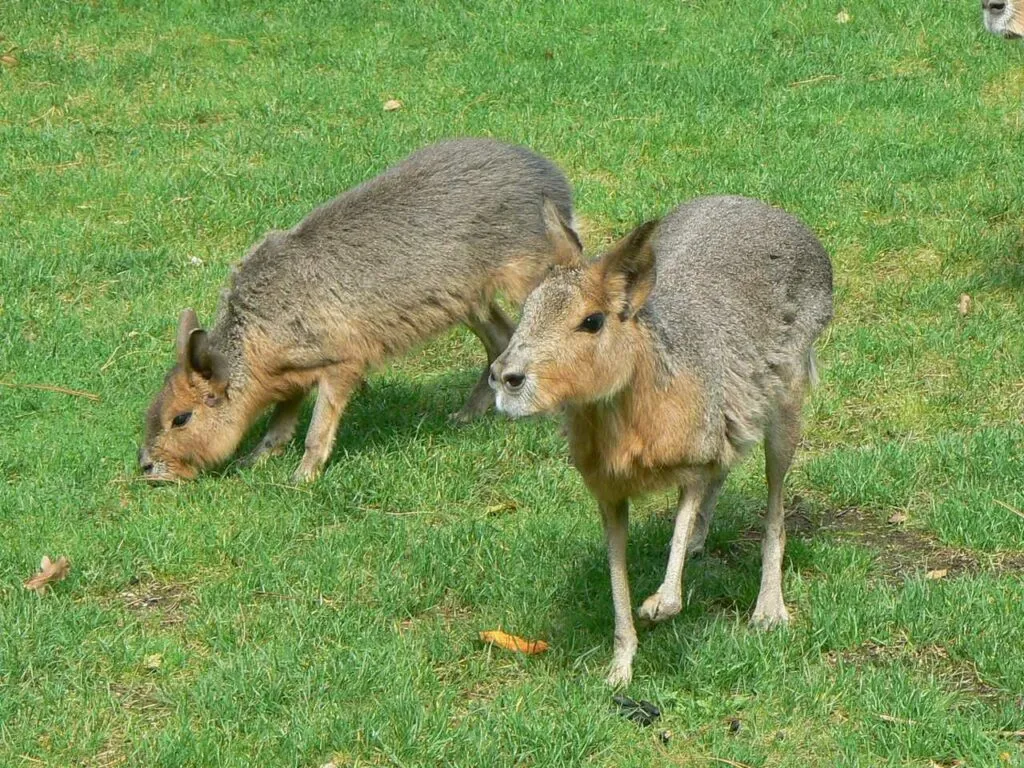
- Mara
Information
Congratulations! You are the first commenter!

Create Your Favorite List!
Mara
Save the animals you love! Build your own list to quickly revisit your favorites later.

Would you like to leave a comment?
※Please note: This is for the purchase of rights to post comments within the article.
Find Your Favorites!
Our shop offers a unique and attractive selection of goods themed around various animals.
Mara References

- スミソニアン協会(2017年)『驚くべき世界の野生動物生態図鑑』日東書院本社 アニマルワンダーリゾート「どうぶつ紹介 マーラ」 https://zounokuni.com/mara/
- 群馬サファリパーク「マーラ」 https://www.safari.co.jp/animal/356/
- 岡崎市「マーラ」 https://www.city.okazaki.lg.jp/1100/1107/1149/p013010.html
- Twitter「東京ズーネット【公式】」 https://x.com/tokyozoonet_pr/status/402210664510271488
- Facebook「狭山市立智光山公園こども動物園」 https://www.facebook.com/chikozanzoo/photos/1/637888249667556/
- コトバンク「準絶滅危惧」 https://kotobank.jp/word/準絶滅危惧-667776
- 山田製作所 桐生が丘動物園「マーラ」 https://www.city.kiryu.lg.jp/zoo/1017854/1017879.html
Mara Introduction of media used
出典:https://www.pexels.com/ja-jp/photo/5795037/

出典:https://pixabay.com/images/id-61606/

出典:https://pixabay.com/images/id-711769/

出典:https://pixabay.com/images/id-2441658/

出典:https://pixabay.com/images/id-3162210/

出典:https://pixabay.com/images/id-3502921/

出典:https://pixabay.com/images/id-2504644/

出典:https://pixabay.com/images/id-1151517/

出典:https://pixabay.com/images/id-61605/
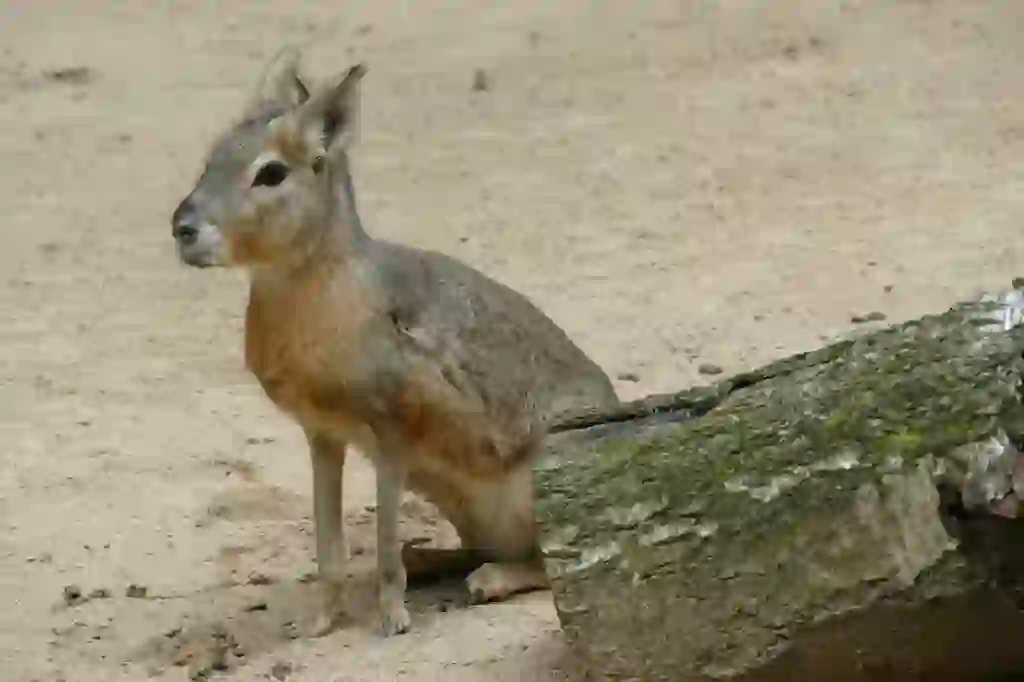
出典:https://pixabay.com/images/id-1938717/
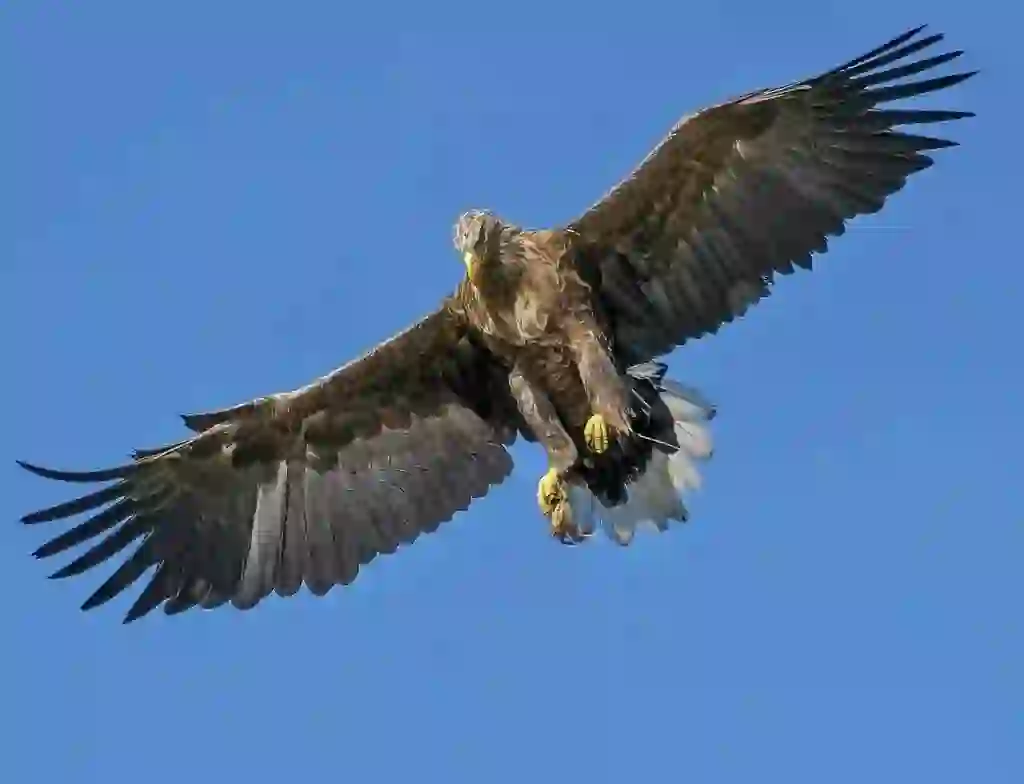
enemy
出典:https://pixabay.com/images/id-1753002/
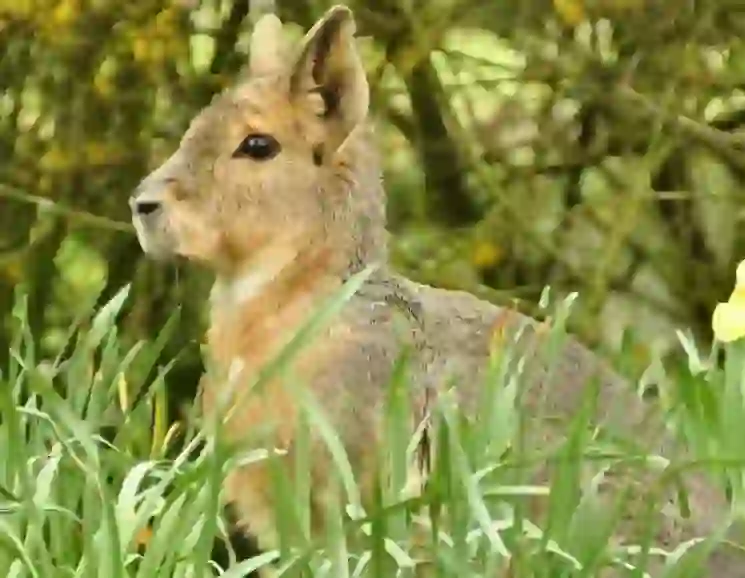
出典:https://pixabay.com/images/id-62070/

Help Enrich Our Animalbook.jp with Your Media!
We are constantly looking to expand and enrich our Animalbook.jp with amazing photos and videos of animals. If you have any media that you'd like to share, please contribute and help us showcase the beauty and diversity of the animal kingdom. Your submissions will be credited and featured in our encyclopedia, reaching a wide audience of animal lovers.




















